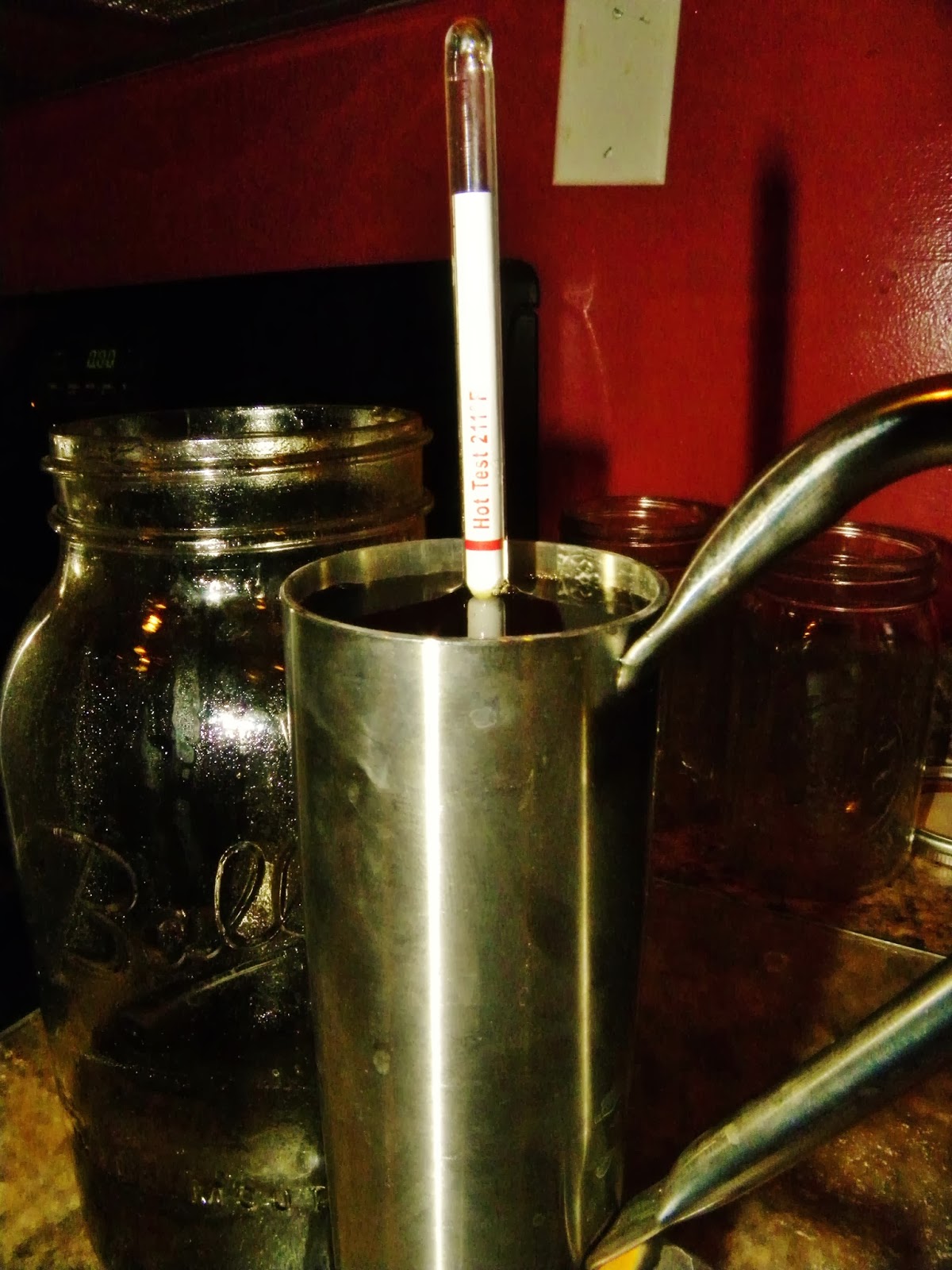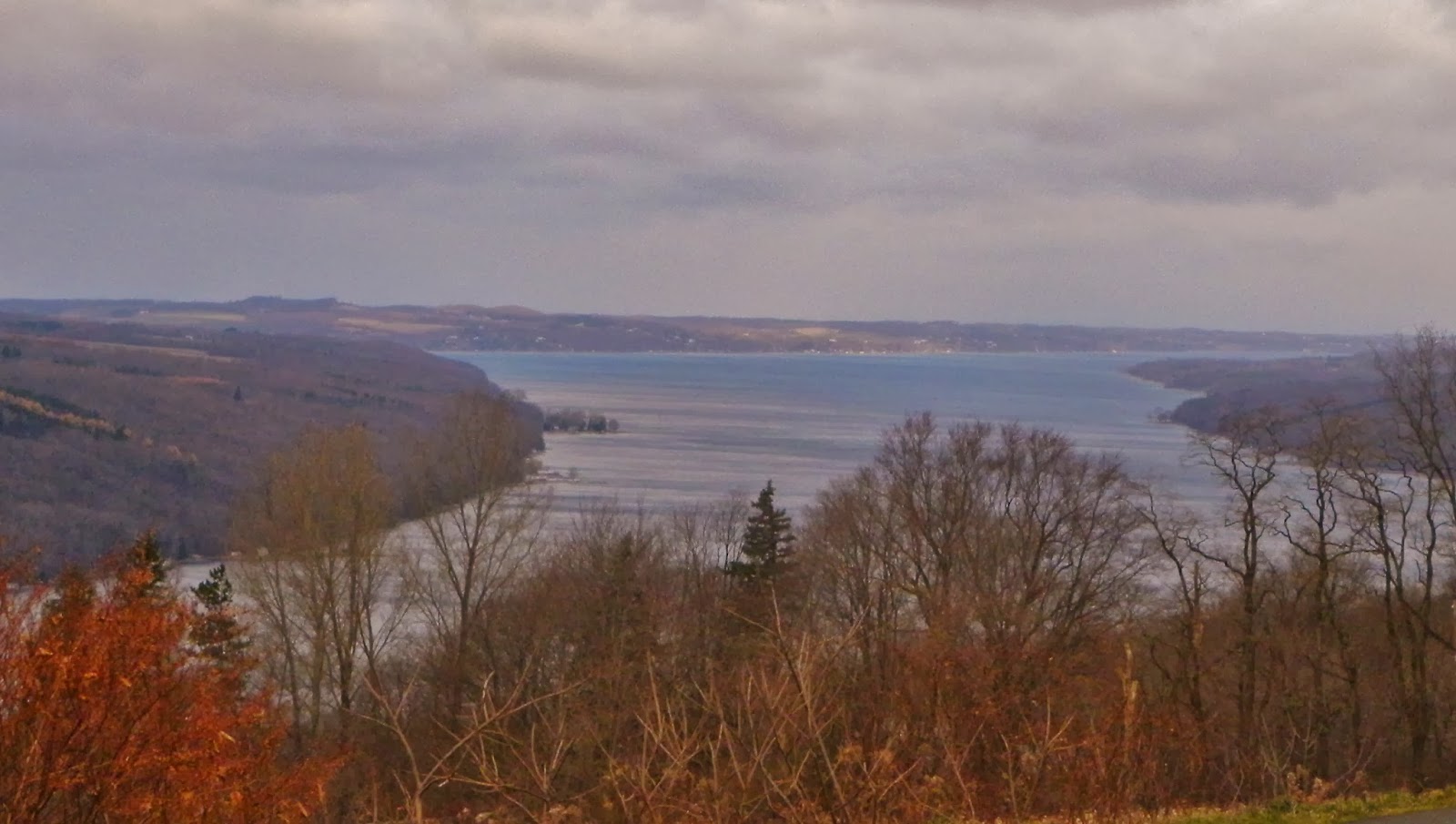We have been blessed to live on some very beautiful farms in Lancaster County. This photo shows our first home near Ephrata, PA. Don was one of 3 farmhands that cared for about 800 beef cattle and 1200 acres of crops. His salary included a farmhouse, a side of beef, 2 pigs (custom-butchering included, too!) and 2 fresh turkeys. Needless to say, we ate quite well!
This is actually one of the bigger farms in the county. Most farms in Lancaster County are much smaller than the farms in CNY. Thanks to the Amish, you can still find many small, quaint family farms of 60 to 90 acres, generally supporting around 50 cows. In Central New York, most of the working farms are over 200 acres and often host 160+ head of cattle.
While we also have poultry farms in Amish country, I've seen none in this part of New York!
 |
| Rosie, age 18 mos. |
This lovely garden is a common sight in Lancaster County. During our dairy farming days, I awoke to this beauty each day from May to October! Another family shared the dairy farm with us. Since we were so busy with the cows and calves, the other family tended the garden and we traded milk for fresh veggies!

I could not find a photo of the horse stable, but if you can imagine, it matched this house perfectly, only it had 6 gorgeous, hand-crafted dutch doors lining the front of it, and 12 stalls inside!

This is where we boarded horses for several years. This home was all about God's mercy and grace poured out on us. You see, we had recently been through the demise of our dairy business (due
to our own mistakes), and did not know what we were going to do. Don found work hauling equipment and livestock, and we found the owner of this little farm, who was interested in having us board horses. At the time, it was the perfect solution. Boy, did I get a crash course in horse care and management! While we learned a great deal in those 3 years, the better part of my "equine education" came at our next home, quite unexpectedly....
Finally, during the years that Don was grain farming and truck driving, we lived on a little 5 acre farmette right on the Octoraro Creek. This is where we spent nearly 7 years prior to moving to Central New York.
.jpg)
See that log cabin through the trees? That was our home. Our 3 horses had a little barn and a one-acre paddock on top of the hill, with another small paddock to the right of the house. Little did we know, when we moved here, that we would be living right next door to an accomplished horse trainer and 3-day eventing competitor! My girls and I have learned so much from her and her husband. We spent many-an-afternoon in their riding arena, barn and swimming pool! They have become dear friends of ours and we miss their daily presence in our lives. Fortunately, we can go back for regular visits, as Rosemary still trains with her!
We also enjoyed the beauty of the changing seasons here, and the wildlife that was drawn to the creek. The songbirds and birds of prey nested in the trees around our house. In fact, it was not unusual for a bald eagle to swoop past our deck a time or two in the summer!

Our children and dogs spent many hours playing in and around this creek. We have many fond memories of our time here.
And, now we are making great memories in Lake Country. Very different, indeed, but no less special. Visit my next post tomorrow for photos and stories from our 14 months in Central New York!























.jpg)





















.jpg)


.jpg)



